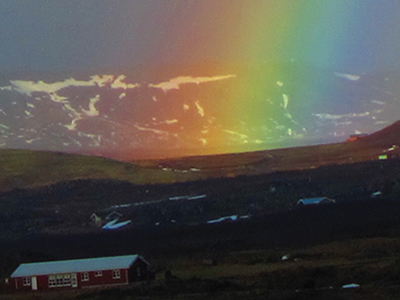 These beautiful natural phenomena have the beauty to prove irresistable to the photographer, but they are quite hard to find…
These beautiful natural phenomena have the beauty to prove irresistable to the photographer, but they are quite hard to find…
In this article I will discuss how to photograph them… if you find one! Step one is the most obvious, and difficult. Finding one. They can often turn up out of the blue, but there are two defining elements, rain, mostly gently spraying, and bright sunshine.
When you do find one, it is important that you know how to photograph it. Switching your White Balance to cloudy, or shade helps to enhance the colouring of the rainbow, because otherwise the camera may mistake the rainbow for a colour cast. While this physically enhances the visual sense of the rainbow, other elements do come into account when photographing, because backgrounds, and foregrounds also make the difference between a stunning image, and an everyday, boring, non-descript picture.
As rainbows are transclucent, the background can have a big impact. Try to get something dark and solid for the background, such as perhaps a house, dark clouds, or as shown aboce, mountains. At the same time, try to avoid cluttering the image, and focus especially on the good parts of the background.
The foreground is also important, it too requires consideraton to make the image stand out. A foreground that is attractive, but not distracting yields dividends, as does a simple, yet not boring one that leads the eye in.
Changing the aperture has an impact troo, less so on the rainbow, and more so on the overall shot. A narrow aperture will provide a deeper depth of field, whilre a shallower one will have mostly foreground in focus.
As I have already said, the a rainbow image is influenced by the surroundings too, so composition should not be discounted. The rule of thirds can be used, for example the point where the rainbow intersects the horizon can be placed on the rule of thirds point.
If you are shooting in stormy conditions, with narrow apertures, and maybe a polarizing filter for extra effect, the shot will be too dark, unless you use a long shutter speed. For this reason a tripod is useful, but as rainbows cannot be planned, this may not be convienient.
I hope my tips have been helpful, and i hope that you have fun snapping rainbows!!


Recent Comments